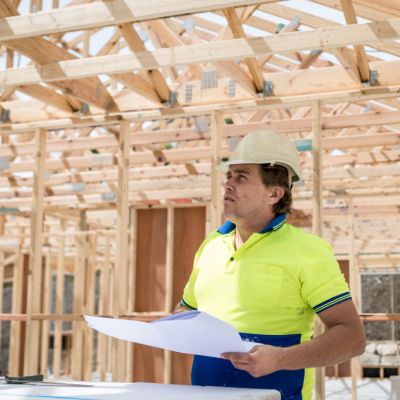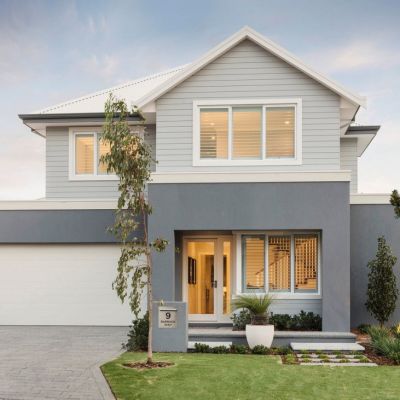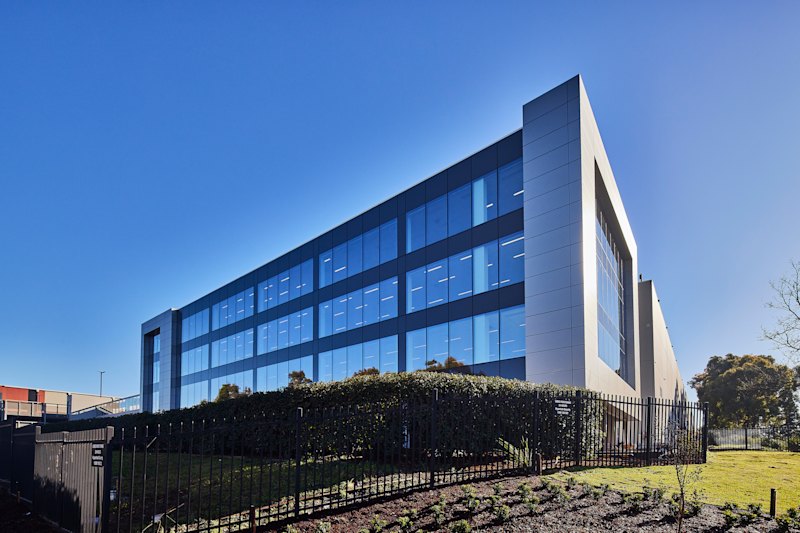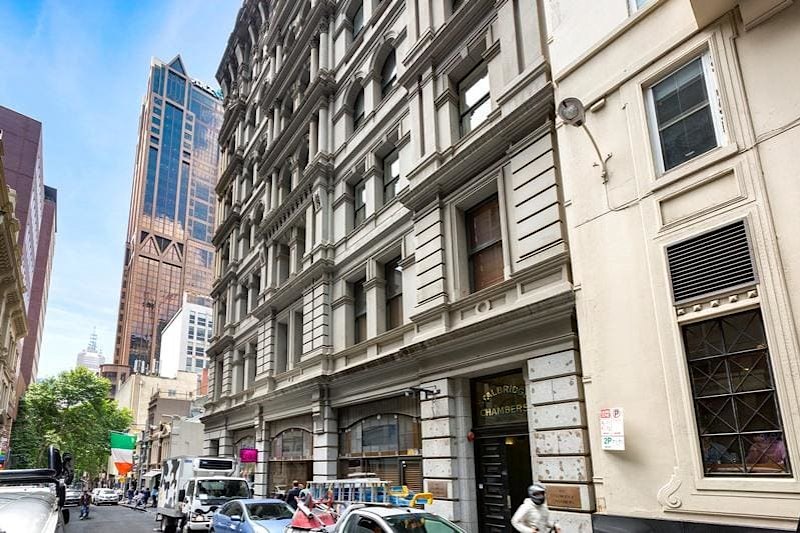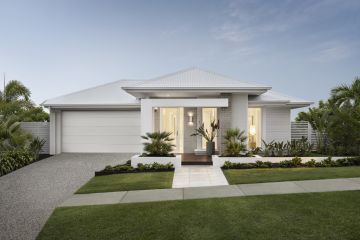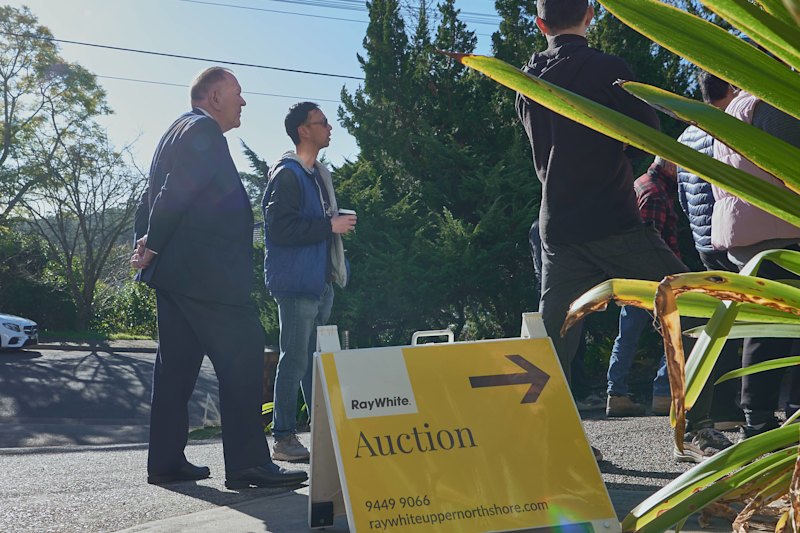How much does it cost to build a new home
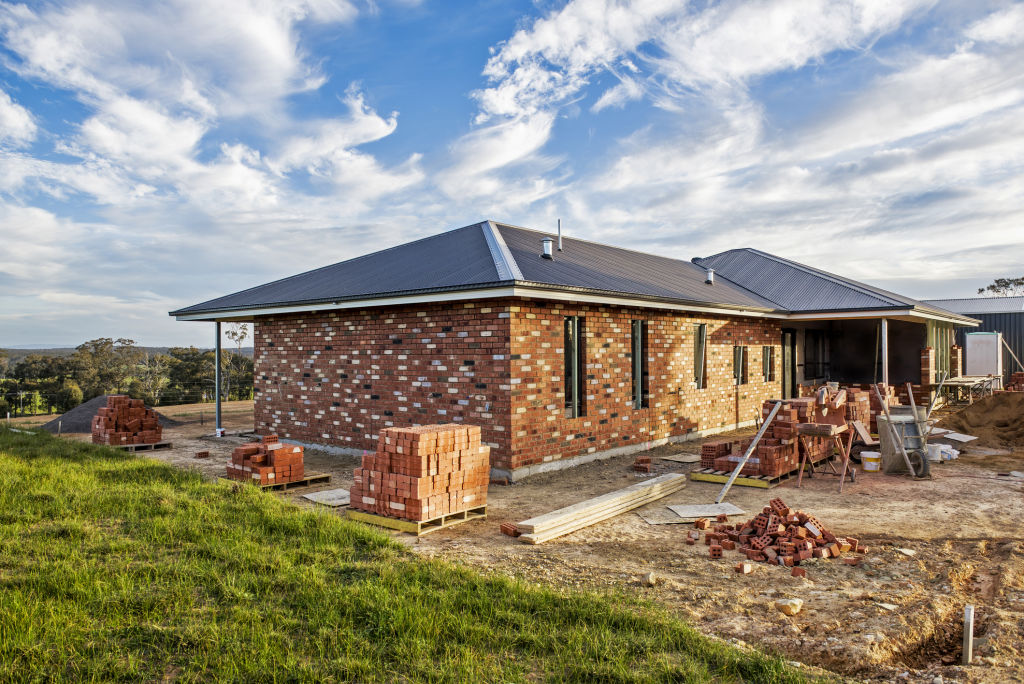
Updated 8 Feb 2024
If you’re planning to build a house in Australia in 2024 it’s crucial to understand the current state of construction costs. The cost of building a home can vary significantly, and many factors come into play.
Building your own home is a significant decision, and understanding the costs involved is essential for effective planning. Let’s explore the average cost of building a home in Australia in 2024 and the factors that influence these costs.
Construction cost trends and projections
In recent times, the construction cost landscape has seen changes. While the price of materials is generally falling from the heady heights reached during the pandemic, it’s essential to recognise the average cost of building in different regions of Australia.
“Cost increases are now in line with long-term averages,” notes Stephen Mee, managing director of quantity surveyor Rider Levett Bucknall (RLB). Factors that influence the cost of building include labour, materials, and the ever-shifting real estate market.
“We’ve seen exponential rises in some costs, like shipping containers to bring large goods to the site going up from $US2000 or $US3000 to $US10,000 or $US11,000, and steel and reinforcements and timber, but they’re now all easing. Labour is still a problem.”
RLB forecasts that house-building prices this year will rise by as little as 4.1 percent in Sydney to as much as 6 percent in Brisbane and Townsville, following significant jumps in 2023 where costs rose 10.5% on the Gold Coast.
How fast are building costs rising? |
|||
City |
2022 |
2023 |
2024(forecast) |
| Adelaide | 12.5% | 5.1% | 4.1% |
| Brisbane | 10.5% | 6% | 6% |
| Canberra | 5% | 4.5% | 4% |
| Darwin | 8% | 5.5% | 4.5% |
| Gold Coast | 15.5% | 10.5% | 5% |
| Melbourne | 8% | 8% | 5% |
| Perth | 9.4% | 5.8% | 4.6% |
| Sydney | 6.9% | 6% | 4.1% |
| Townsville | 12.6% | 8% | 6% |
| Hobart | — | 6% | 5% |
Source: Tender Price Index, annual change (%) as at Q4 2023, Rider Levett Bucknall 4th Quarter 2023 Australia Report.
- In Adelaide, the average cost to build is estimated to rise by 4.1 percent in 2024.
Brisbane, a city known for its vibrant urban development, is expected to see a construction cost increase of 6 percent in 2024.
Sydney, often perceived as the most expensive city in Australia, will experience a 4.1 percent increase in house building costs in 2024.
These are just a few examples of how different cities are affected by the evolving house construction costs.
Challenges in the housing construction industry
While cost projections are essential, it’s equally important to consider the challenges that can affect the overall cost of your project. One of the significant challenges in the house building sector is the persistent labour shortages. Government, unions, and political influences have driven up the demand and cost of labour, affecting the cost of construction.
“Collapses in the industry have had a significant impact on the overall cost,” says Tristan Angelini, the managing director of house builders and renovators at Hillbrook. Many builders have faced insolvencies, leading to a snowball effect on all construction activities. Some are now asking for a 20 percent commitment upfront, which can lead to difficulties with cash flow.

Current cost data
According to the Australian Bureau of Statistics (ABS), the cost of building a house in February last year was $449,436. This figure was slightly higher than the previous month’s cost, which stood at $445,664. The average cost of building can fluctuate based on various factors, including whether it’s a volume build or a bespoke home and the quality of finishes.
Project home costs may differ from building a custom-designed home, and the size of the land, its location, and the choice of finishes can all impact the final cost of construction.
Regional variations
Different regions in Australia have their unique construction cost profiles. For instance, a recent report by RLB identified Brisbane as the most expensive city for home building, with prices ranging from $2500 to $4500 per square meter. In contrast, Sydney has a lower starting price but a higher range, varying from $2100 to $6400. Melbourne offers a more modest range, $2000 to $4300.
Urban development can significantly affect costs. In Brisbane, a substantial pipeline of new health projects, including 15 hospitals, is expected to keep prices strong. This pipeline is set to continue until the 2032 Olympics, highlighting the interplay between the commercial and domestic markets, as they both use the same resource pool.
Impact on building timelines
The time it takes to build a house has also seen significant changes. The Housing Industry Association’s chief economist, Tim Reardon, notes that building times have extended significantly. It now takes more than 12 months to build a house, compared to the seven months it took pre-pandemic.
“With the rises in the cash rate, we’ll see demand for homes come off, which will reduce pressure on land prices and slow down the increases in other costs,” explains Reardon. The acute shortage of labour and supply chain disruptions have contributed to these extended build times.
Building your dream home may take longer than anticipated, and it’s essential to factor these extended timelines into your planning.
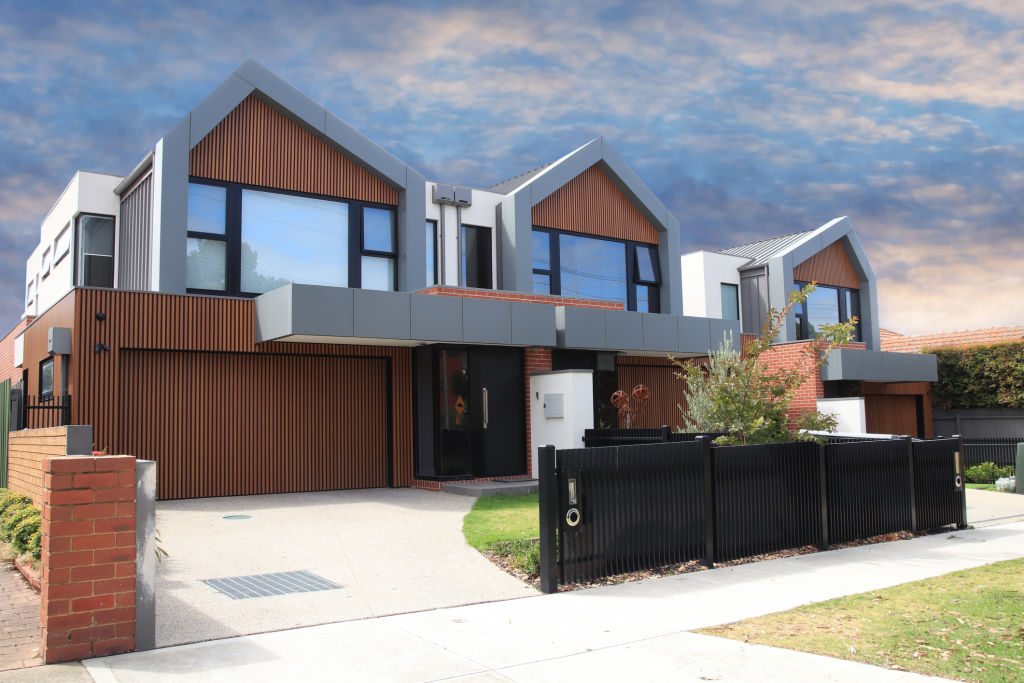
Key factors influencing the cost of building a house
Several factors influence the cost of building your dream home. The price of timber has surged by 25-30 percent over the past year, making it a significant cost driver. Additionally, materials with high energy content, like aluminium, cement, and glass, can also affect building costs in Australia. While steel is energy-intensive, the stabilization of the supply chain is expected to offset the rising cost of that energy.
“The times for the delivery of materials had blown out before,” says Megan Peacock, executive director of policy of the Master Builders Association of Victoria. While the times for material delivery have improved, it’s essential to be aware that everything is still taking longer than it did before the COVID-19 pandemic.
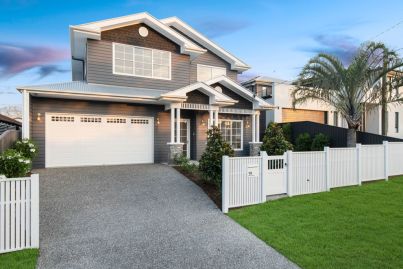

The future of home-building
Building approvals for new houses have slightly increased at the beginning of this year, going up 3.8 percent from 2524 in January 2022 to 2620 in January this year, according to the ABS. This slight improvement is a cause for optimism.
“As interest rates settle down and inflation comes under control, the situation will improve,” says Megan Peacock. “And people will always aspire to build their own homes.”
In the context of the cost of building a new house in Australia in 2023, some challenges and factors can influence the final cost. However, with careful planning and a clear understanding of these dynamics, you can make informed decisions on your journey to building your dream home.
Now, you have insights into the average cost of building in different regions, the impact on building timelines, and the key factors influencing costs. While the construction cost landscape is evolving, a positive outlook remains for those looking to build a home in Australia in 2023.
We recommend
We thought you might like
States
Capital Cities
Capital Cities - Rentals
Popular Areas
Allhomes
More
